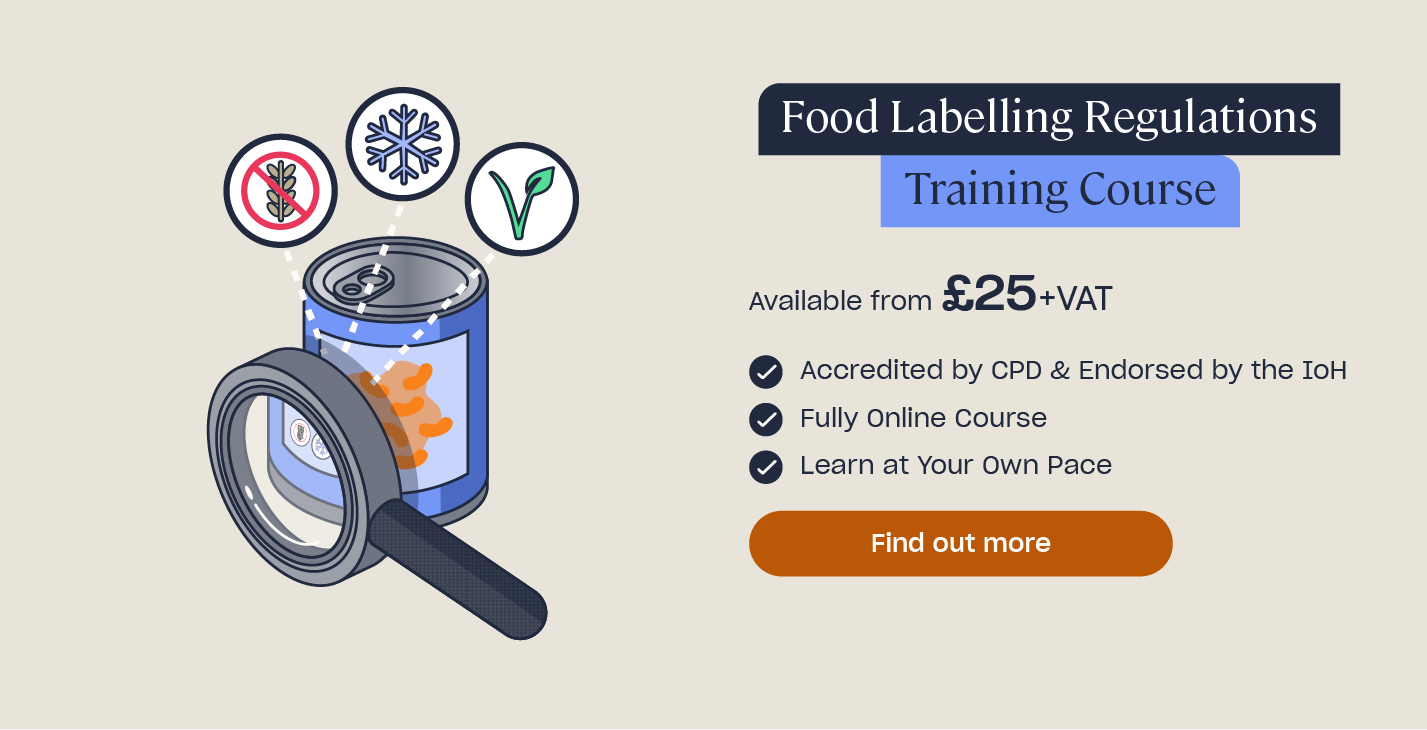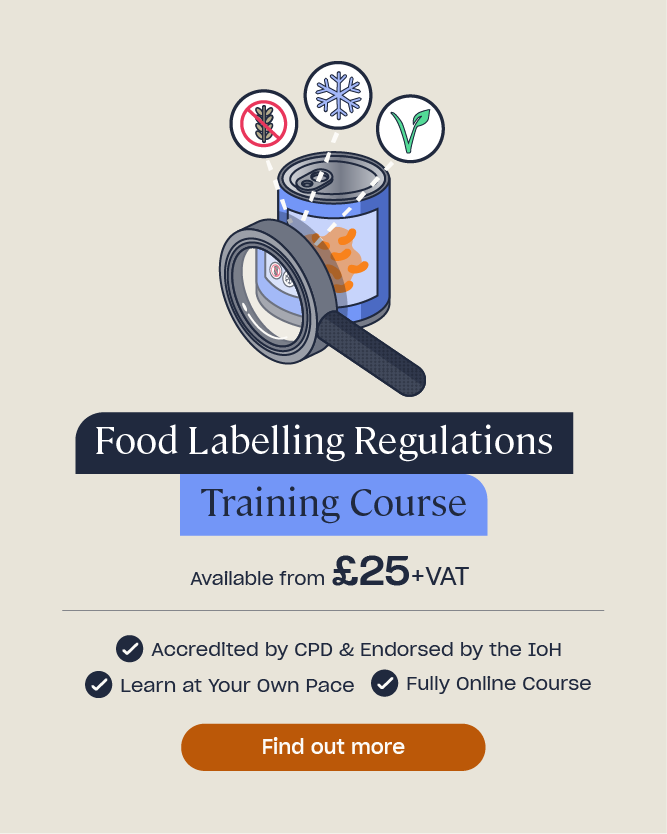Plastic Packaging Symbols: What Do They Mean?
These cryptic symbols are hidden on all kinds of plastic products. You’re probably familiar with seeing them printed on the bottom of soft drink bottles.
But why are they there and what do they mean?
The numbers are there to indicate the type of plastic that you have in your hands.
The three black arrows that feature as part of the design are known as the Mobius loop. It’s an internationally recognised symbol that means that the product can be recycled. Its use in this design is to prompt the consumer to think about how to recycle their waste plastic.
The problem with this design is that it isn’t particularly self-explanatory. It’s far too easy to forget which symbol refers to what plastic and how it can be recycled. What’s more is that some plastics are notoriously tricky to recycle and some are even toxic.
Consequently, it’s crucial to understand what you’re dealing with. This guide aims to provide you with a concise explanation of what plastic you’re dealing with and how it can be recycled.
Want to Learn More?
Our Food Labelling Regulations Training explains each of the food labelling requirements under the FIC Regulations, provides information on what can and cannot be said in relation to nutritional claims and health claims, explains the importance of allergen labelling and outlines the vertical regulations for specific food products.
Plastic Packaging Symbols
PETE/PET (Polyethylene Terephthalate)
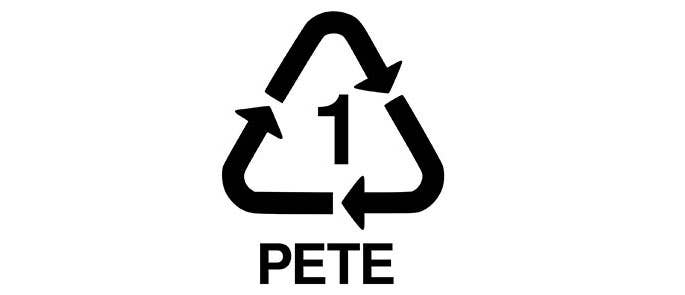
PETE is widely recycled at most curb-side programmes and is a partially recyclable product. PETE is often found in all kinds of plastic bottles like water, soft drink, mouthwash and vegetable oil bottles. It can be recycled into things like tote bags, new containers, carpet and furniture.
HDPE (High Density Polyethylene)
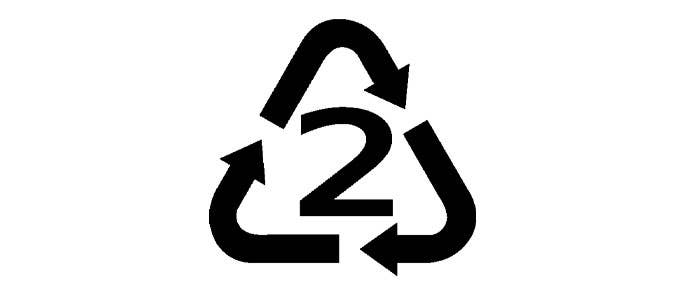
This is widely recycled and collected at all curb-side programmes. HDPE is a slightly denser plastic – think milk and juice bottles, shampoo and shopping bags. These products when recycled often get turned into laundry detergent bottles, pens, drainage pipes, benches and fences.
PVC (Polyvinyl Chloride)
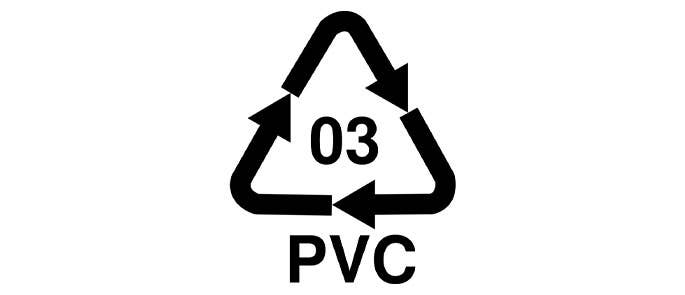
PVC or vinyl products are often products like raincoats, aprons, clothing and outdoor furniture that can be recycled by selling the product on or giving it to charity. Other PVC products like food wrap and plastic utensils are single use and notoriously difficult to recycle.
Makers of ‘plastic lumber’ — a recycled plastic that looks similar to wood — might accept your PVC products if you have a large amount. Some companies specialise in large scale buying of PVC – but they do not buy from individual households. Individual household waste cannot be recycled at curb-side. To find out how and if you can recycle your waste PVC you should contact your local council.
PVC contains chlorine and in manufacture can release dangerous chemicals. For this reason PVC should never be burnt or cooked. When it is recycled it is turned into materials that need to be tough enough to survive weather and wear. Recycled PVC gets turned into things like speed bumps, park benches and mud flaps.
LDPE (Low Density Polyethylene)
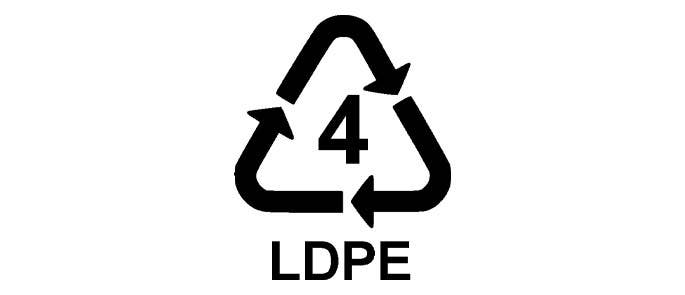
LDPE is a soft and flexible plastic. Think bags and squeezable bottles. Plastic bags made of LDPE can be recycled at supermarkets that offer bag recycling facilities. Other LDPE products are rarely recycled at curb-side programmes, but you should check with your local council because more programmes are starting to accept it. When it is recycled it is turned into things like bin liners, shipping envelopes and floor tiles.
PP (Polypropylene)
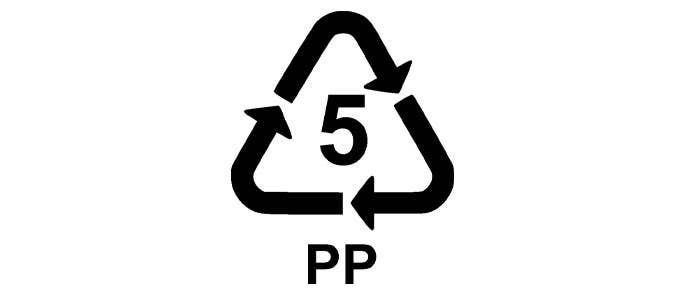
Polypropylene products are becoming more widely recycled. An increasing number of recycling programmes are beginning to accept PP products like bottles and caps. This kind of plastic is found in products like sauce bottles, caps, straws, and yogurt containers.
PS (Polystyrene)
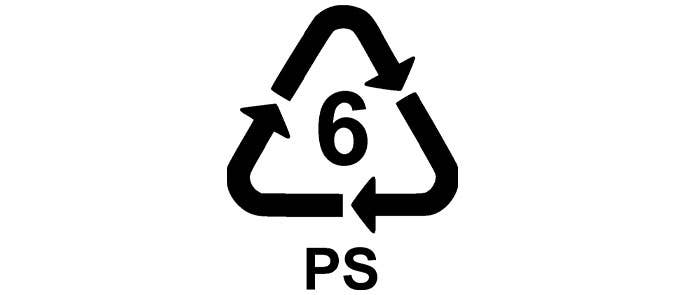
These are difficult to recycle for individual households because there are currently no UK curb-side collections for PS products. To recycle your polystyrene products you can find a polystyrene recycler using EPS Recyclers’ ‘find a recycler map’. Polystyrene items are those like disposable cups, plates and the trademark Styrofoam. Products that are recycled this way are turned into products like egg cartons and foam packaging.
All Others
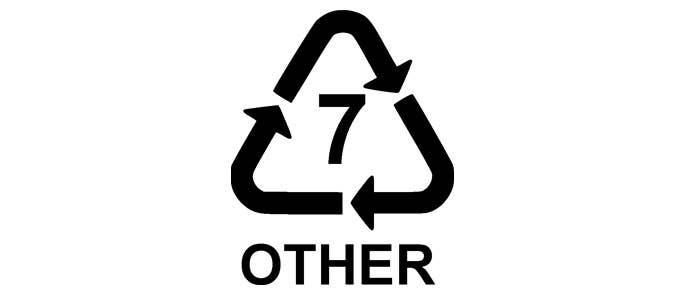
When you come across this symbol recycling is much trickier. If you wish to try and recycle plastic materials with this symbol then you should contact your local council to see what you can do with plastics whose categorisation is miscellaneous. Miscellaneous plastics cannot be recycled at curb-side.
Further Resources:
- 2017 Food Labelling Regulations
- Food Packaging Materials: Regulations & Different Types
- Recycling in the Hospitality Industry: How & Why Should We Do it?
- Food Labelling Regulations Course


